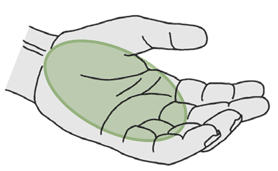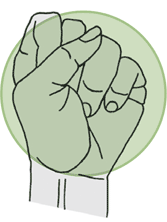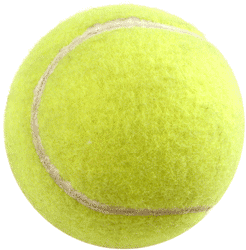Portion Sizes
Eating Well with Canada’s Food Guide: What is it and why is it beneficial?
- Eating Well with Canada’s Food Guide promotes healthy eating for Canadians, including specific needs for children, teens and adults
- Translates the evidenced based knowledge of health and nutrition into a manageable healthy eating pattern
- Canada’s Food Guide emphasizes the importance of combining healthy eating and physical activity into everyday life
- Following Canada’s Food Guide reduces the risk of developing chronic diseases such as obesity, type 2 diabetes, heart disease, certain types of cancers and osteoporosis
- Canada’s Food Guide describes the amount of food people need based on gender and age and what type of food is part of a healthy eating pattern
- Canada’s Food Guide targets eating food from all four food groups, in addition to added oils and fats
- Vegetables and Fruit
- Grain Products
- Milk and Alternatives
- Meat and Alternatives
Some examples of helpful food guide serving sizes
| Food | How much to have for one Food Guide serving | Some helpful tips |
|---|---|---|
| Fresh, frozen, canned vegetables and fruit | ½ cup (125ml) or 1 fruit |
Frozen vegetables give you the same nutrients as fresh Buy low sodium options and rinse well |
| Leafy vegetables |
Cooked: ½ cup (125ml) Raw: 1 cup (250ml) |
Consider 1 handful is one serving |
| 100% Juice | ½ cup (125ml) | 250ml juice box = 2 servings |
| Food | How much to have for one Food Guide serving | Some helpful tips |
|---|---|---|
| Bread | 1 slice (35g) |
The serving size on the Nutrition Facts Table may not be the same as one food guide serving Some brands may list a serving as 2 slices, and another as 1 |
| Flat breads | ½ pita or ½ tortilla (10-inch) | |
| Cooked rice, bulgur, pasta, couscous | ½ cup (125ml) | Be careful when eating out as this could be 2–3times the size |
| Cereal |
Hot: 175ml; ¾ cup Cold: 30g |
Depending on the cereal, 30g may be ½ cup or 1½ cups. Be sure to check the Nutrition Facts Table |
| Food | How much to have for one Food Guide serving | Some helpful tips |
|---|---|---|
| Milk or fortified soy beverage | 1 cup (250ml) | Choose skim, 1% or 2% milk |
| Yogurt or Kefir | 175ml (¾ cup) | Individual containers are usually 100ml, just under one serving |
| Cheese | 1½ ounce (50g) | Consider 1 serving to be the size of 2 thumbs |
| Food | How much to have for one Food Guide serving | Some helpful tips |
|---|---|---|
| Cooked fish, shellfish, poultry, lean meat | 2½ ounces (75g or ½ cup) | This is the size of the palm of your hand and is as thick as your baby finger |
| Cooked legumes (beans, lentils, peas) | ¾ cup (175ml) | Measure this amount cooked not dried |
| Tofu | ¾ cup (175ml or 150g) | |
| Eggs | 2 eggs | You can always have one egg and count it as half a serving |
| Peanut, soy or almond butter | 3 tablespoons (30ml) | |
| Shelled nuts and seeds | ¼ cup (60ml) | These are healthy but high in calories so be sure to choose raw and unsalted |
Some helpful tips to avoid eating large portions
- Use smaller serving utensils, cups, bowls and plates. This may encourage you to put less on your plate without noticing that you are eating less.
- Do not skip meals. Eat regularly to avoid overeating at your next meal or snack.
- Eat in a calm environment. Avoid having distractions (computer, TV, video games) as this may cause you to eat more without even noticing.
- Choose foods that are high in fiber to help keep you full for longer.
Helpful hints for measuring portions
If you do not have a measuring cups or scales, use your hands or household tools to determine portion sizes.
Use the palm of your hand or a deck of cards for one serving of meat, chicken or fish.


Use your fist or a computer mouse for one serving of pasta, rice or a medium potato


Use a tennis ball for one serving of yogurt, hot cereal or tofu

Use a thumb tip for one serving (1 teaspoon= 5ml) of butter or oil

Use two thumb tips for one serving of cheese


Use both balms of your hand for two servings of vegetables

The Plate Model

You can also use the plate model, where:
- ½ of your plate contains vegetables (at least two kinds)
- ¼ of your plate contains grains and starches (e.g. potato, rice, corn, pasta)
- ¼ of your plate contains meat and alternatives (e.g. fish, lean meat, chicken, beans, lentils)
- You have milk and alternatives, and fruit on the side
For more information, please have a look at our Clinic's Transition factsheet - healthy eating
